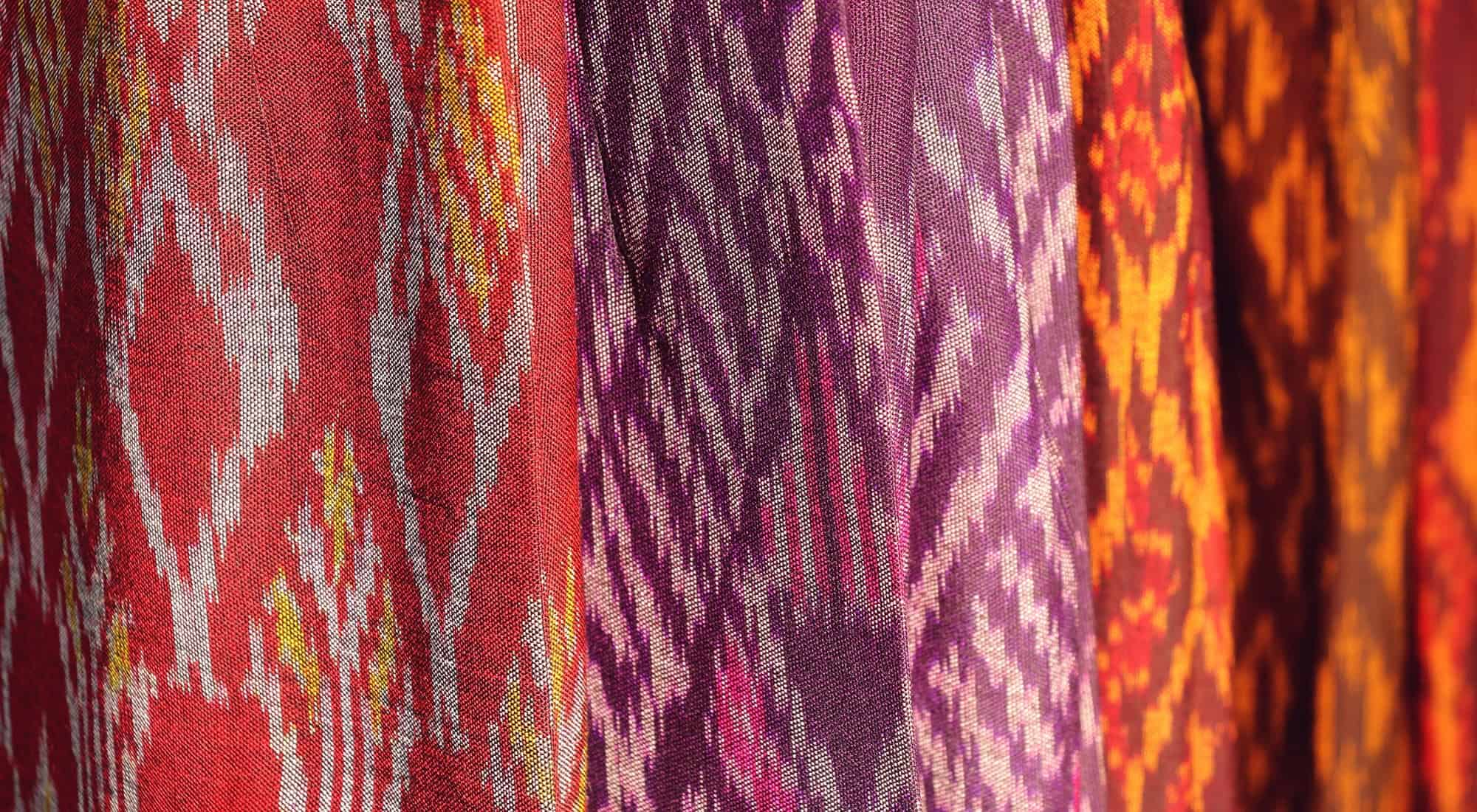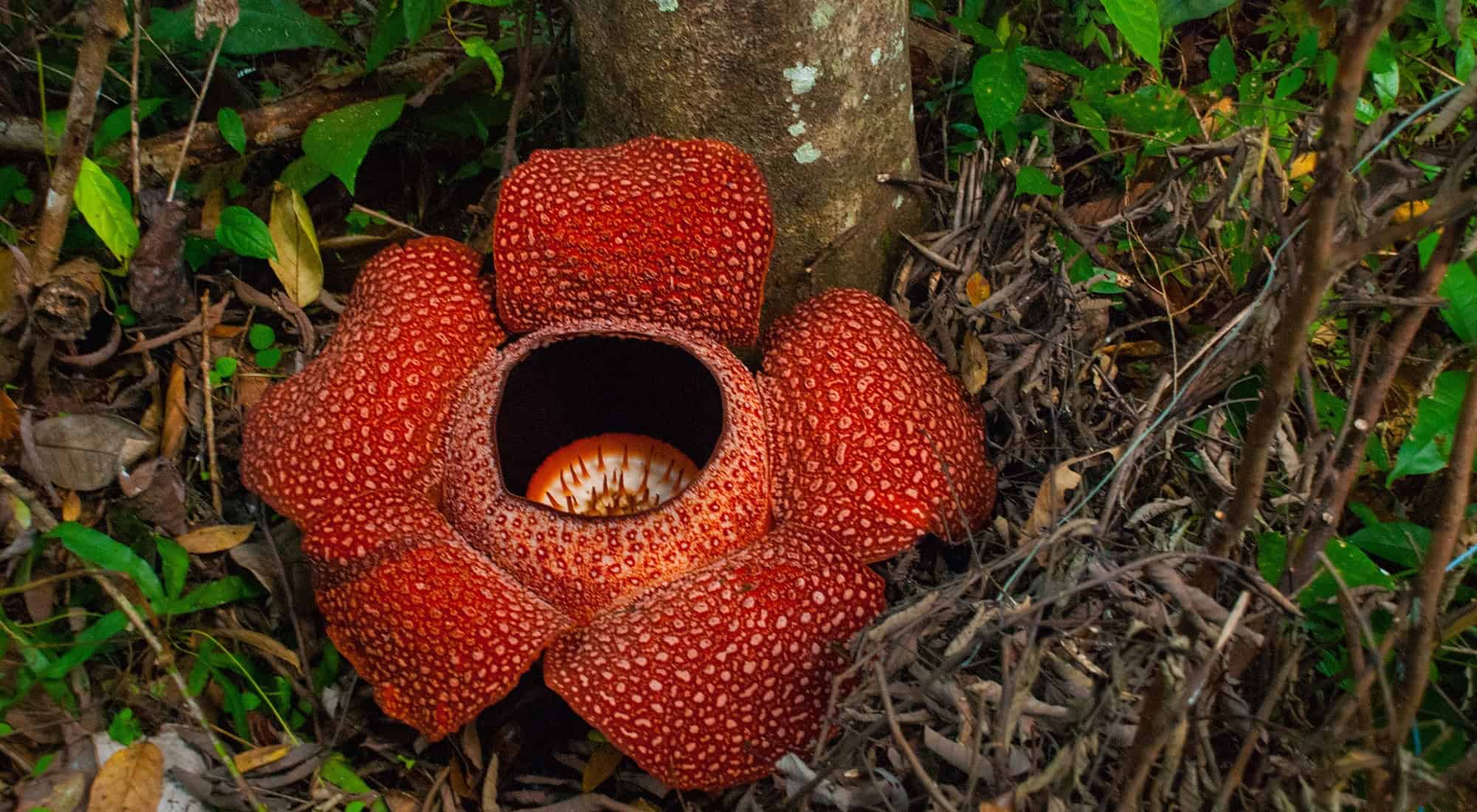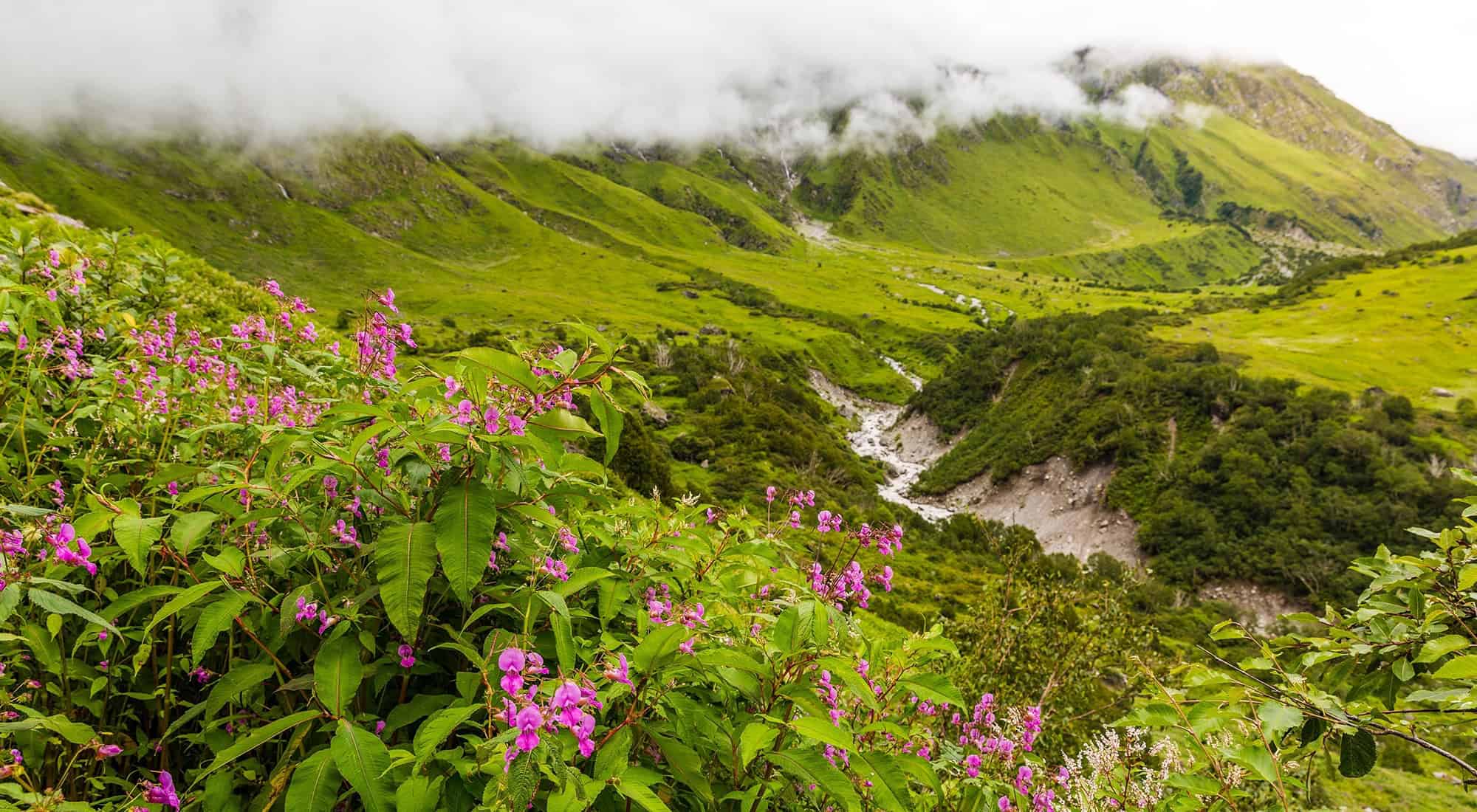In the handicraft shops in Vientiane, it is possible to buy distinctively patterned cotton and silk ikat. A technique of patterning cloth characteristic of Southeast Asia, ikat is produced all over the region, from the hills of Myanmar (Burma) to the islands of Eastern Indonesia. The word comes from the Malay word mengikat, which means to bind or tie. Very simply, bundles of warp or weft fibres (or, in one Balinese case, both) are tied with material or fibre (or more often plastic string these days), so that they resist the action of the dye. Hence the technique’s name: resist dyeing. By dyeing, re-tying and dyeing again through a number of cycles it is possible to build up complex patterns. This initial pre-weaving process can take anything from two to 10 days, depending on the complexity of the design. Ikat is distinguishable by bleeding of the dye which inevitably occurs no matter how carefully the threads are tied; this gives the finished cloth a blurred finish. The earliest ikats date from the 14th-15th centuries.
To prepare the cloth for dyeing, the warp or weft is strung tight on a frame. Individual threads, or groups of threads, are then tied together with fibre and leaves. In some areas wax is then smeared on top to help in the resist process. The main colour is usually dyed first, secondary colours later. With complex patterns (which are done from memory; plans are only required for new designs) and using natural dyes, it may take up to six months to produce a piece of cloth. Today, the pressures of the marketplace mean that it is more likely that cloth is produced using chemical dyes (which need only one short soaking, not multiple long ones – six hours or so – that some natural dyes require), and motifs have generally become larger and less complex. Traditionally, warp ikat used cotton while weft ikat used silk. Silk in many areas has given way to cotton, and cotton sometimes to synthetic yarns.










